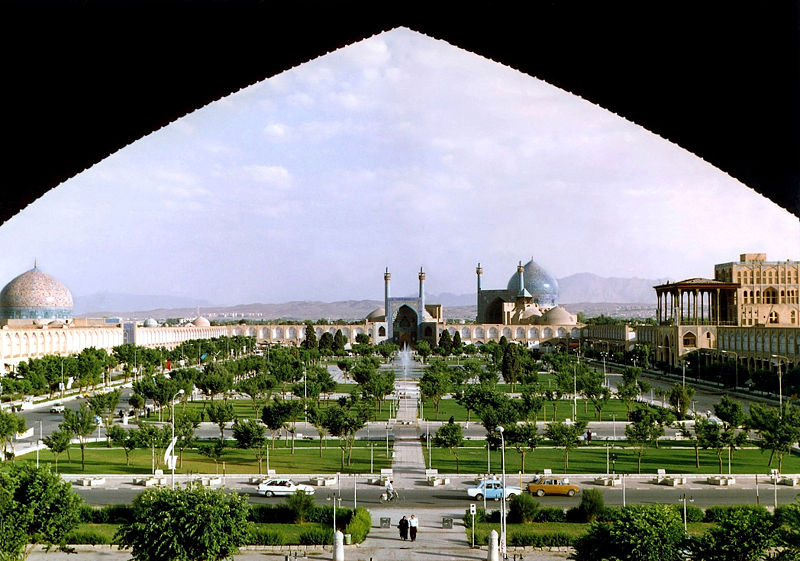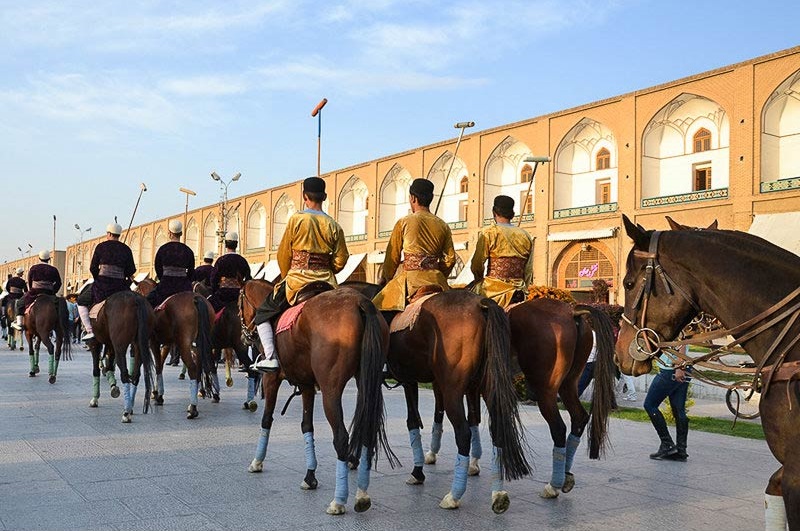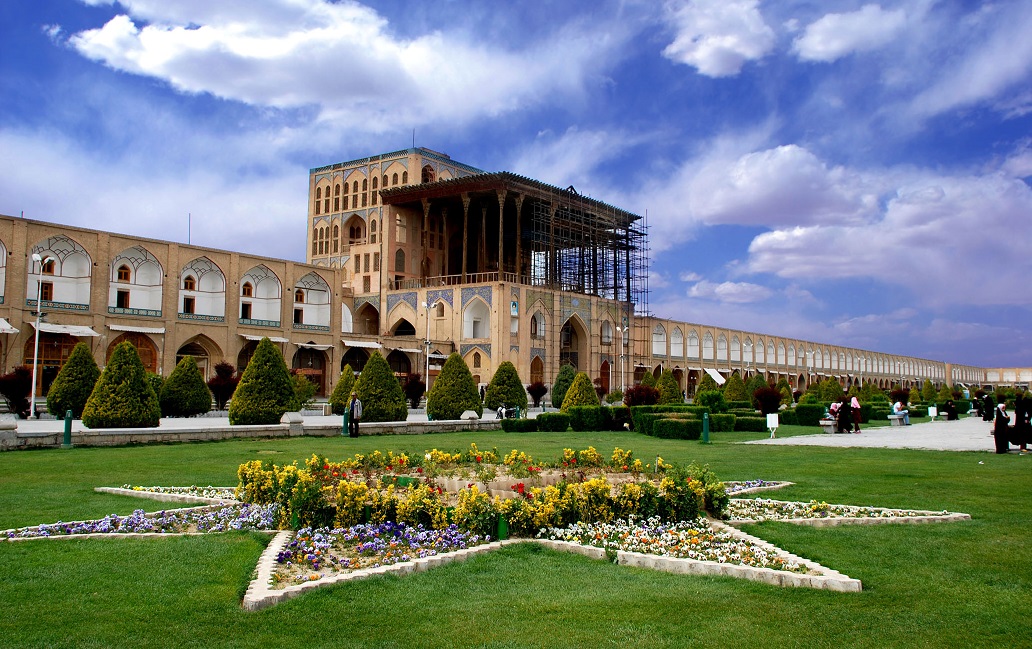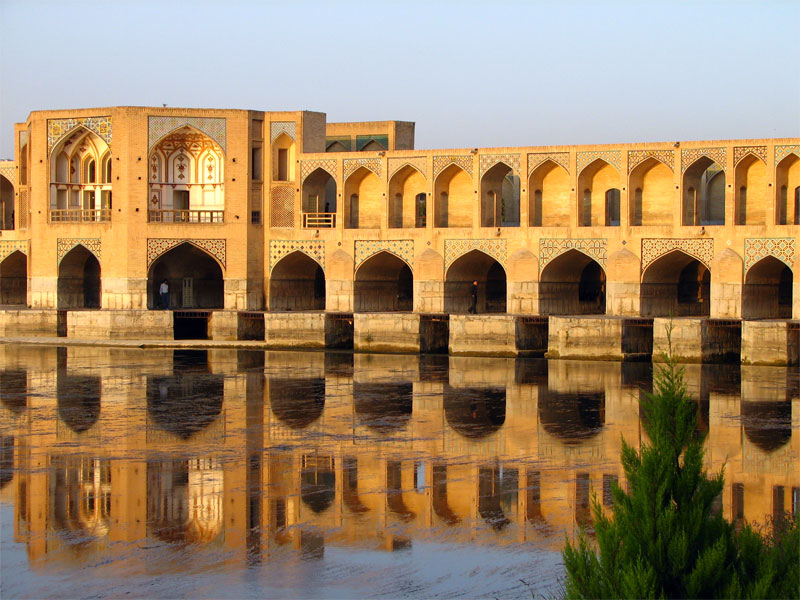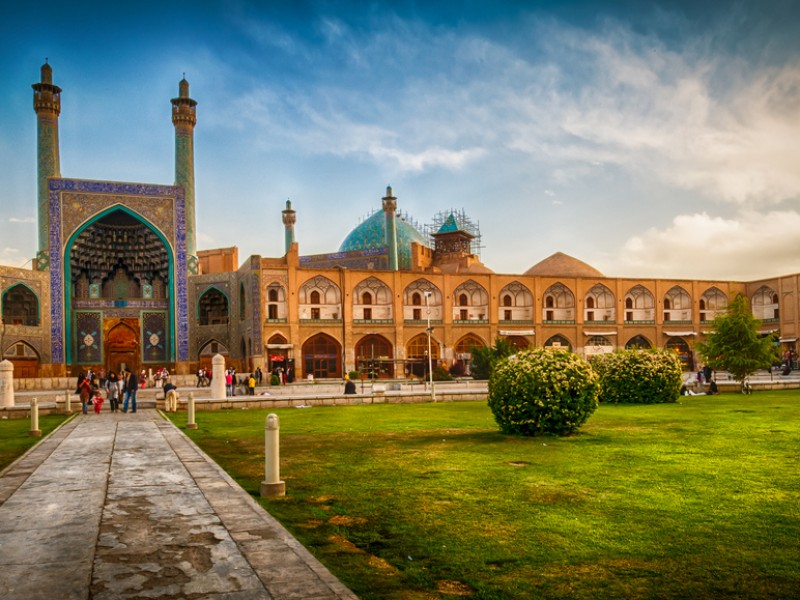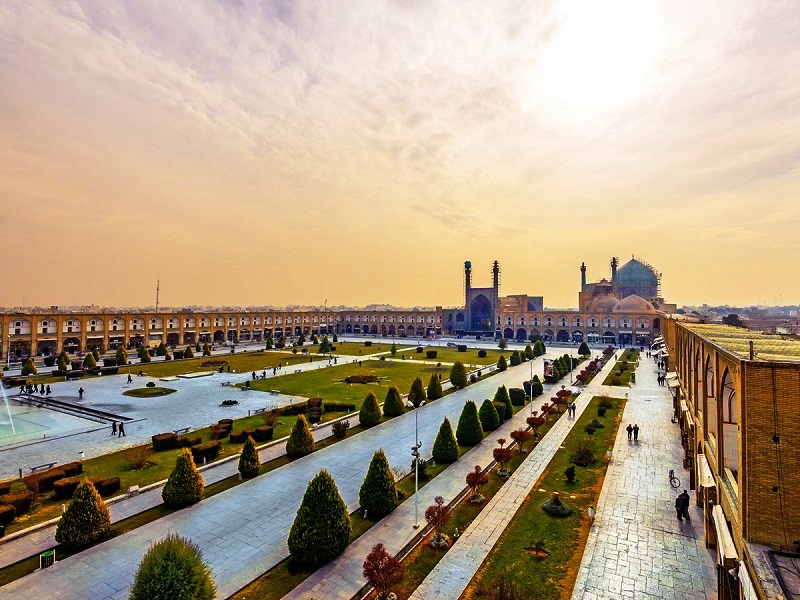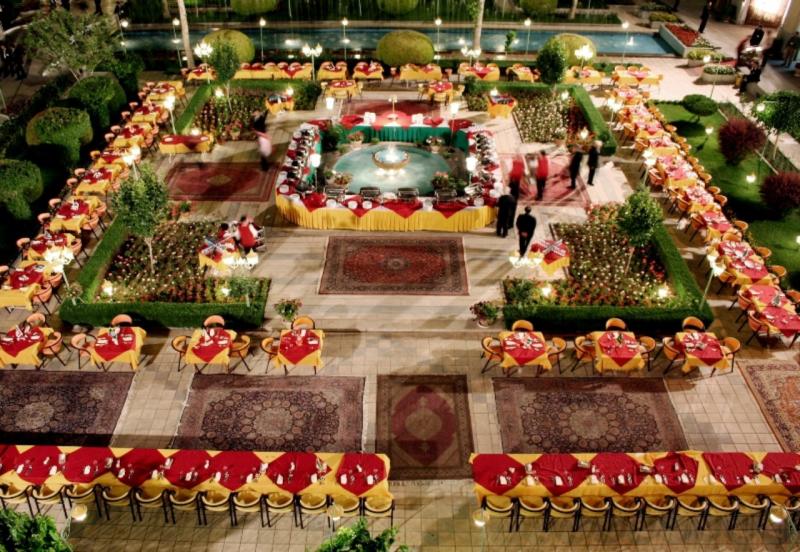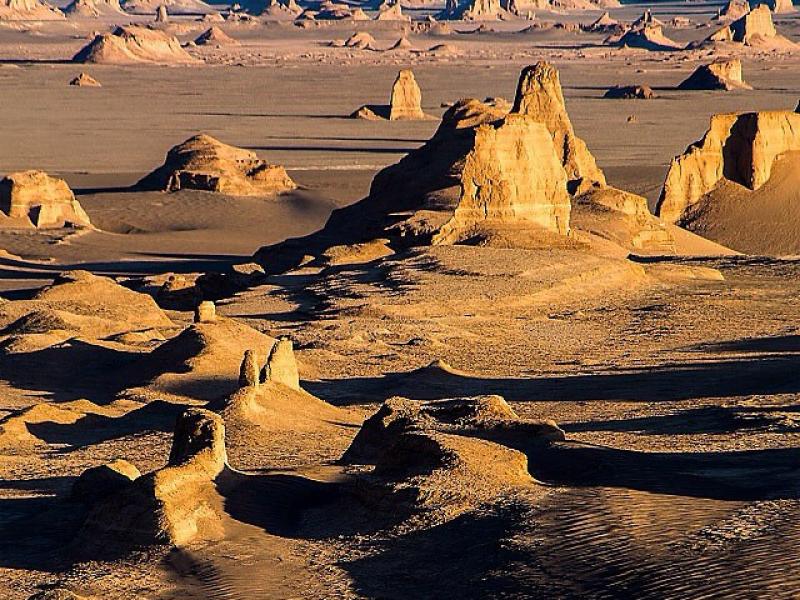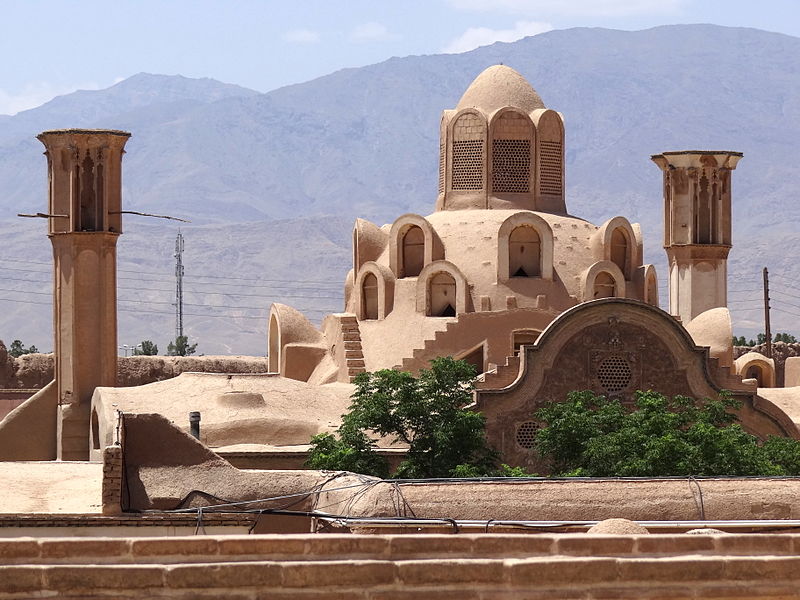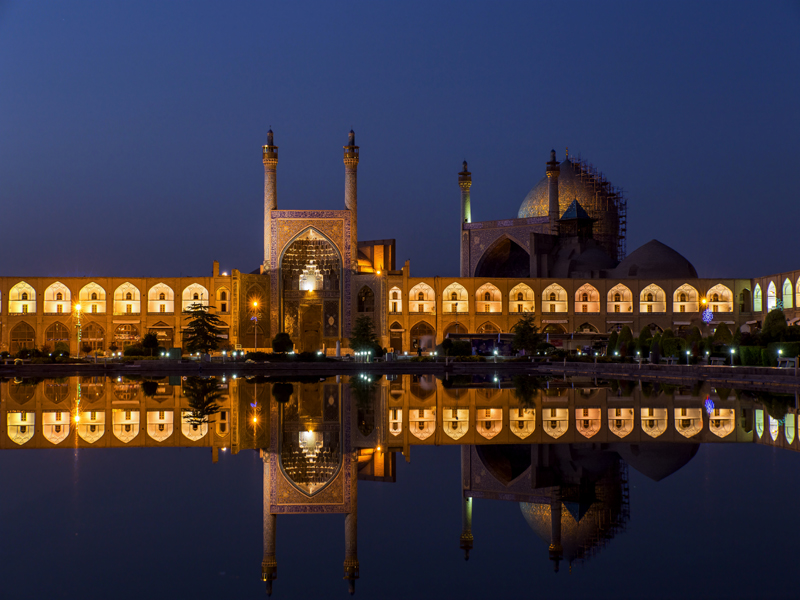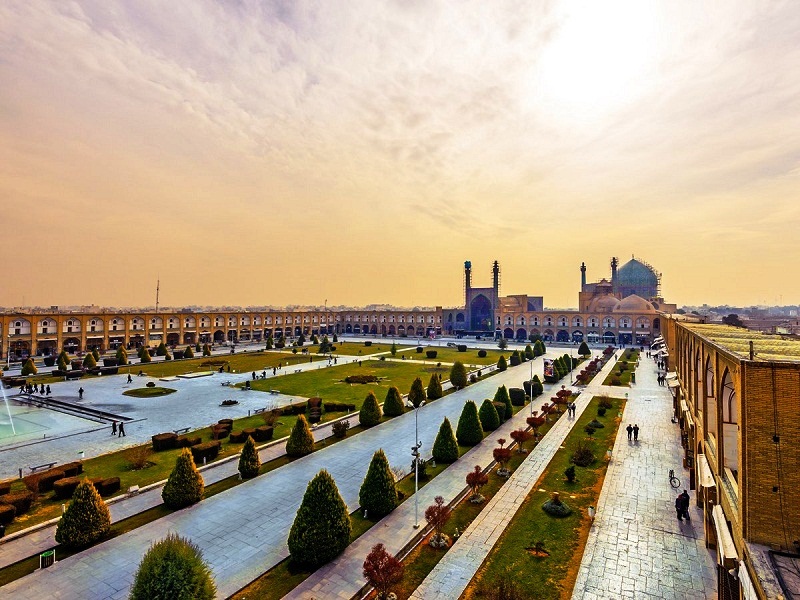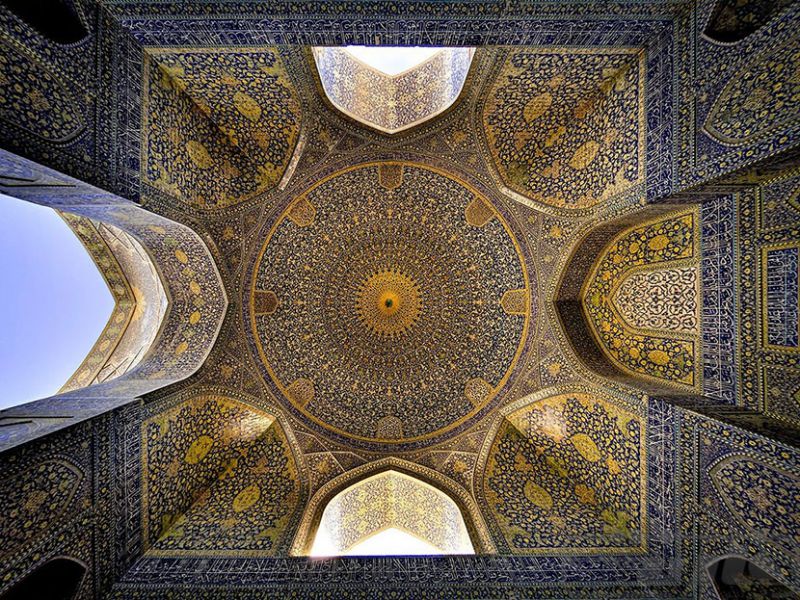Esfahan
Categories: HistoricalExtra Information
- Country: Iran
- Population: 2.200.000
- Pre phone number: 031
- Time zone: 3.5
Isfahan (historically also rendered in English as Ispahan, Sepahan, Esfahan or Hispahan) is the capital of Isfahan Province in Iran, located about 340 kilometers (211 miles) south of Tehran. It has a population of 1,755,382 and is Iran’s third largest city after Tehran and Mashhad. The Greater Isfahan Region had a population of 3,793,101 in the 2011 Census, the third most populous metropolitan area in Iran after Tehran and Mashhad.
History
The history of Isfahan can be traced back to the Palaeolithic period. In recent discoveries, archaeologists have found artifacts dating back to the Palaeolithic, Mesolithic, Neolithic, Bronze and Iron ages. The signs of locality and settlement in Isfahan can be traced back to the Elamite civilization (2700–1600 BCE) and moved on to the Achaemenid and Parthian eras.
Its strategic location at the intersection of the ancient roads to Susa and Persepolis made it an ideal candidate to house a standing army during the Sassanid era (226 – 652 CE). The words ‘Aspahan’ and ‘Spahan’ are derived from the Pahlavi or Middle Persian meaning ‘the place of the army’. Isfahan became prosperous under the Persian Buyid (Buwayhid) dynasty. It was first made the capital under the rule of Toghril Beg, the founder of the Seljuq dynasty and grew in size and splendor under the rule of Malik-Shah I (reigned 1073–92).
Isfahan lost its importance after the fall of the Seljuqs, but it regained its important position during the Safavid period (1501–1736). The city’s golden age began in 1598 when the Safavid ruler Shah Abbas I (reigned 1588–1629) made it his capital and rebuilt it into one of the largest and most beautiful cities of the 17th century. This all lasted until it was sacked by Afghan invaders in 1722 during the Safavids heavy decline.
Isfahan declined once more, and the capital was subsequently moved to other cities until it was finally settled in Tehran in 1775 by Agha Mohammad Khan the founder of the Qajar dynasty. In the 20th century Isfahan was resettled by a very large number of people from southern Iran, firstly during the population migrations in the early century, and again in the 1980s following the Iran-Iraq war.
Climate and Weather
Situated at 1,590 meters (5,217 ft.) above sea level on the eastern side of the Zagros Mountains, Isfahan has an arid climate. Despite its altitude, Isfahan remains hot during the summer with maxima typically around 35 °C (95 °F). However, with low humidity and moderate temperatures at night, the climate can be very pleasant. During the winter, days are mild while nights can be very cold.
Transportation
Different kinds of public transportations are available in Isfahan for getting around in the city, including buses and taxis. Its first Metro line is in the final stages of constructing. Isfahan also has a central railway station, bus terminals, and an international airport for connection between cities.
Tourism
Isfahan is famous for its Persian–Islamic architecture, with many beautiful boulevards, covered bridges, palaces, mosques, and minarets. This led to the Persian proverb “Esfahān nesf-e- jahān ast” (Isfahan is half of the world). Naghsh-e Jahan Square (the UNESCO World Heritage Site) in Isfahan is one of the largest city squares in the world and an outstanding example of Iranian and Islamic architecture.
Isfahan (or Es·fa·han (ĕs’fə-hän’, Persian: اصفهان) is a city in central Iran, south of Tehran and is the capital of Esfahan Province. The Persians call it “Nesf-e-Jahan”, meaning “Half The World”. Due to its beautiful hand-painted tiling and magnificent public square, it is considered to be one of the most beautiful cities in the world. An ancient town and capital of Persia from 1598 to 1722, it was long noted for its fine carpets and silver filigree. Today, textile and steel mills take their place. Its architecture, tree-lined boulevards and relaxed pace make it one of the highlights of Iran.
It is easy to get around Isfahan by bus. A single journey costs IRR10000 (November 2016); you can pay the driver directly, or buy multi-journey contactless cards at certain bus stop booths. Note that there are separate men (front) and women (rear) sections on each bus.
From Kaveh Bus Terminal, take Bus 91 which runs down Chahar Bagh-e Pa’in St towards the city centre, past Takhti Junction and Imam Hossein Sq.
